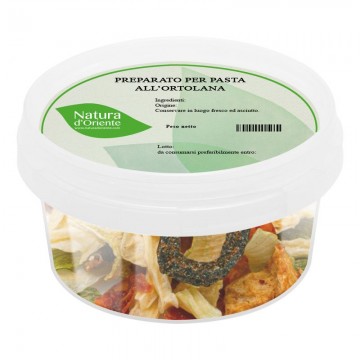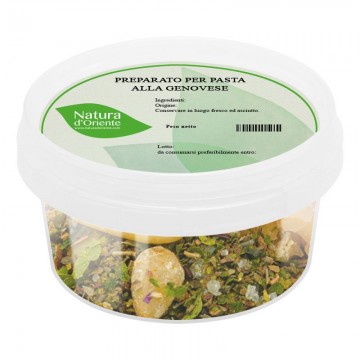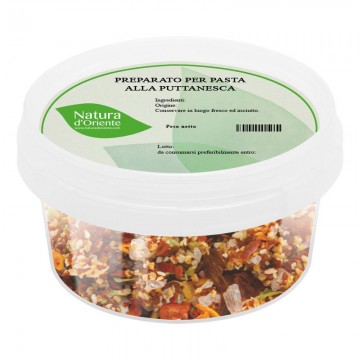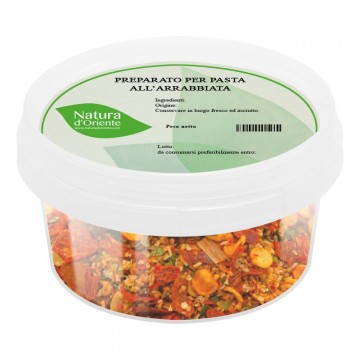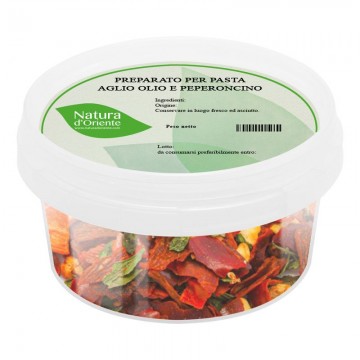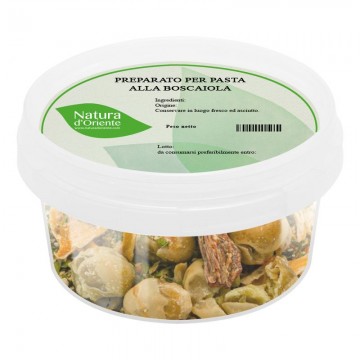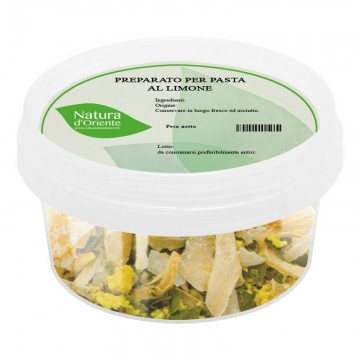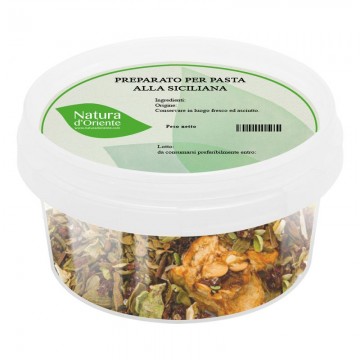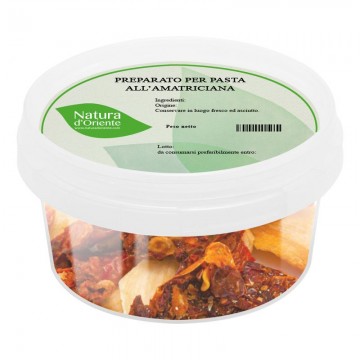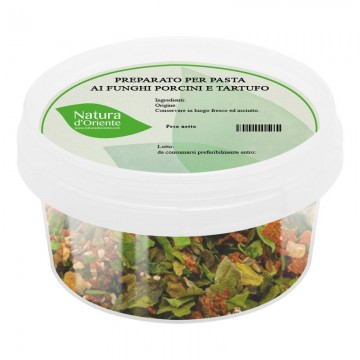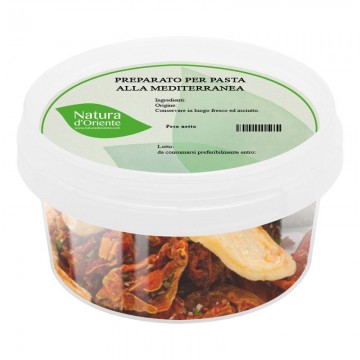A preparation for seasoning pasta that does not correspond to a traditional recipe but is made up of the ingredients most used to season pasta around Italy.
How to use our preparation for Italian pasta
Pour two teaspoons of product into a pan with extra virgin olive oil and fry for a few minutes. Cook the pasta, once ready, drain and toss in the pan with the sauce obtained. Serve the dish hot with a sprinkling of Parmesan cheese.
The ingredients of Italian pasta
Although there are some famous recipes around the world that do not include it when you think of pasta as a symbol of Italy, you invariably think of spaghetti with tomato sauce.
Olives as we have seen in other cards are omnipresent in the typical pasta recipes of Southern Italy.
The same goes for capers, a very common ingredient in southern cuisine and also present in many first courses.
Onion and garlic cannot be missing in a good sauté and parsley and oregano are certainly among the most used aromatic herbs.
History of pasta in Italy
Who invented the pasta? First of all not the Chinese, or rather they invented their pasta which is a completely different product from Italian pasta, the production process is different. And no, Italian pasta is not a derivation of Chinese pasta because pasta was widespread in Italy even before Marco Polo's return from the East.
So is pasta an autochthonous invention? It depends: if we consider the lagana (in Latin laganum) an ancestor of pasta, yes, it was a sheet of water and flour that in ancient Rome was stuffed with meat, does it remind you of anything? In fact, the assonance with lasagna is not a coincidence. If by pasta we mean pasta, ie the dried product, the origin is in Arab Italy, several Arab authors speak of it. In particular, Al-Idrisi, geographer of Roger II of Sicily in 1154 (Marco Polo's journey to China takes place between 1271 and 1292) says that in Trabia (30 km from Palermo) there were many mills and pasta was produced derived from the Roman laganum but which was made in the form of threads, it will later take the name of vermicelli, but the Arab author in his language called it itriyya (from the Arabic itriyya derived from the Greek itrion, which meant "dry stretched and filiform pasta ”) So unlike the Roman one, here we came to the pasta that was dried and in fact the Trabia pasta was requested by merchants from all over the peninsula.
So we must conclude that the origin of pasta is in Arab culture but the place is southern Italy? Perhaps, but it is likely that the Arabs already knew it, a dried pasta is a very convenient food to take with you on long journeys in the desert.
The fortune of pasta that makes it the popular food par excellence probably begins during the frightening famine of 1600 in the kingdom of Naples, on the one hand meat and bread were scarce, from other some technological innovations allowed producers to reduce the cost of pasta and the people turned to it to feed themselves.
In the same period the tomato sauce was also invented in the same area as the production of this fruit from the New World had by now taken hold.
Curiosities about pasta
People of the people consumed pasta as street food and eating it with their hands, when the tomato sauce spread the nobles initially did not eat pasta seasoned in this way, only with the invention of the four-pronged fork when it became easy to eat it without getting your hands dirty they discovered this delight.
In the Naples of the 700 and 800 the pasta was kneaded with the feet by the workers, this practice was suspended for hygienic reasons in 1883 on the orders of King Ferdinand II of Bourbon.
Cooking al dente helps make pasta more digestible, lowers the glycemic index of the meal and increases the sense of satiety.
From a nutritional point of view, pasta cannot be a single dish, it lacks essential nutrients, such as proteins that should never be lacking in the diet, on the other hand consider a caloric food like pasta as only a first course can lead to sorrysurprised them when you go to weigh it. The secret would be to make pasta a unique dish by adding vegetables and proteins to the sauce, a rich dish of pasta seasoned in order to have all the nutrients.

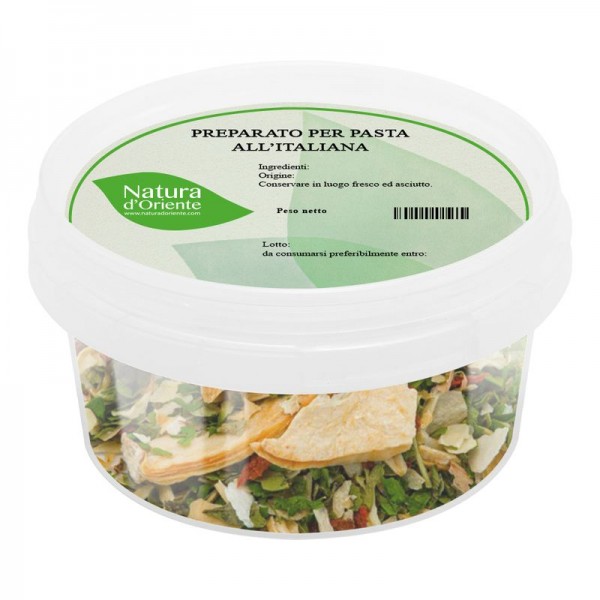



 No reward points for this product.
No reward points for this product.
